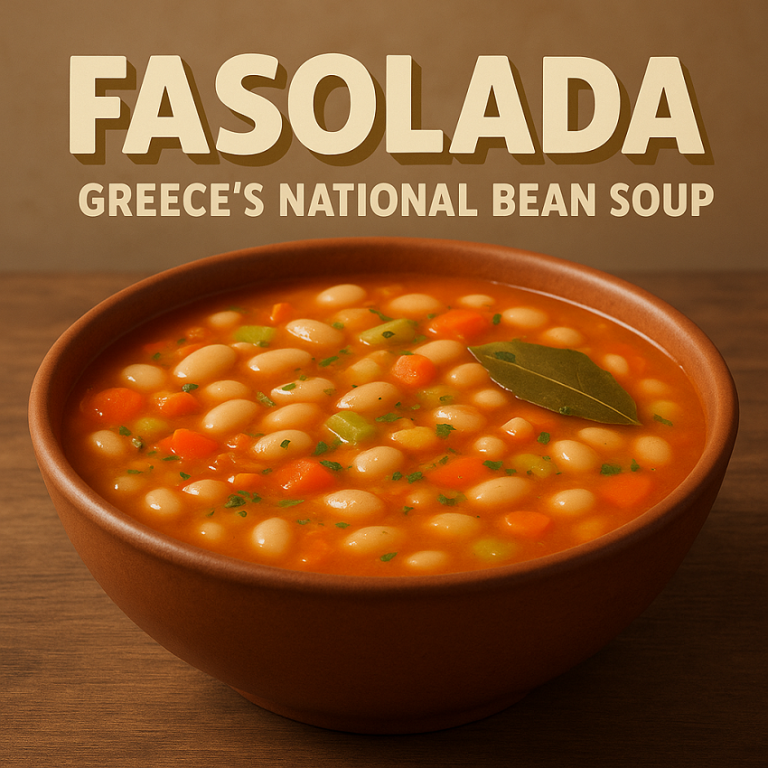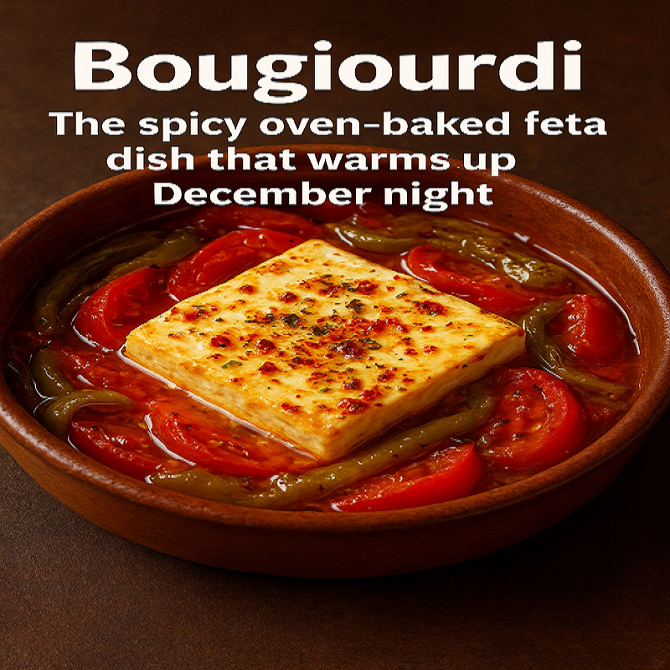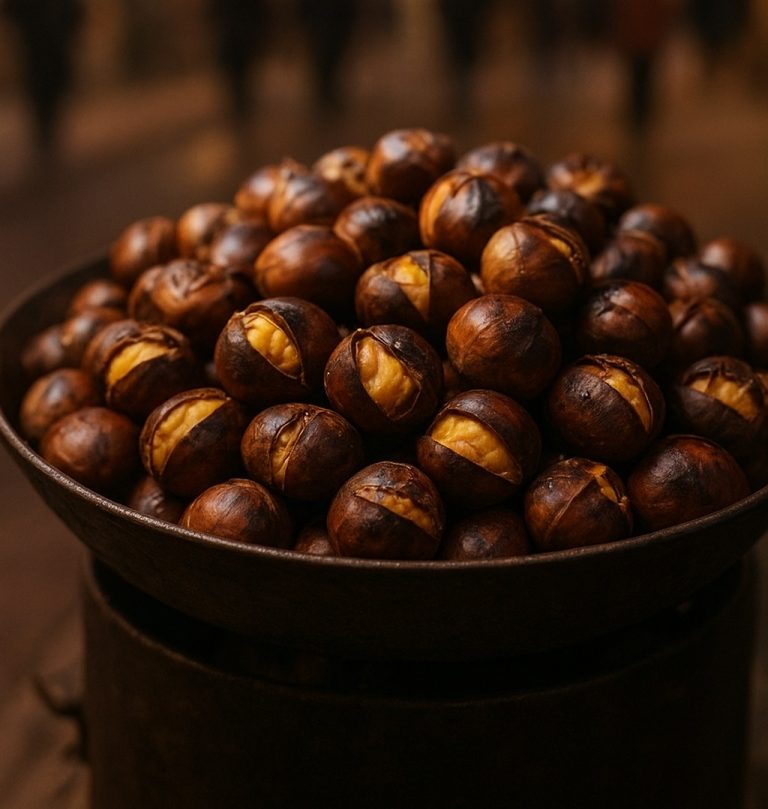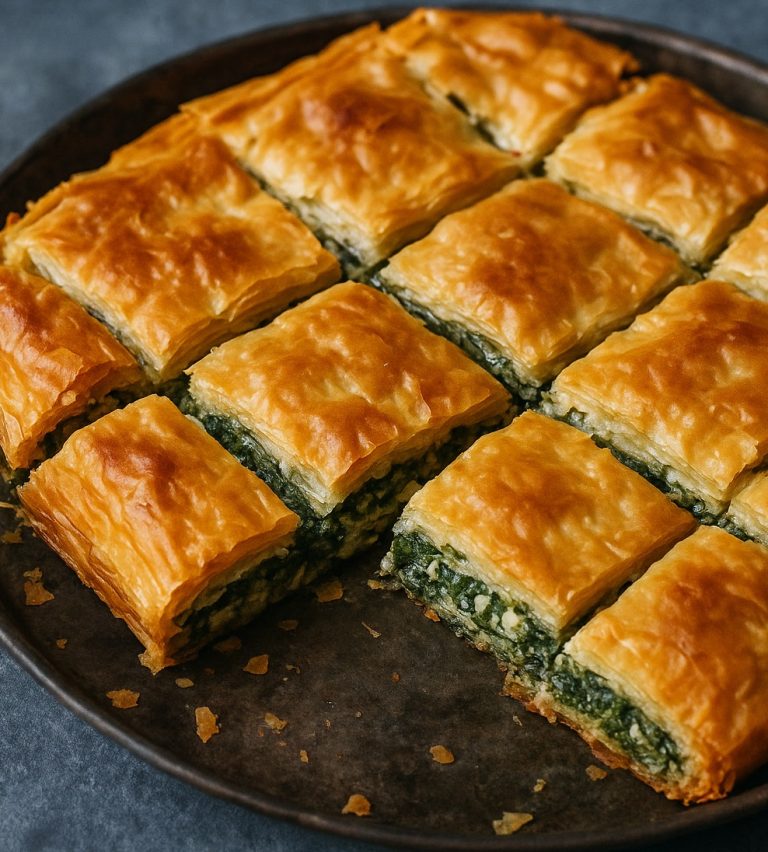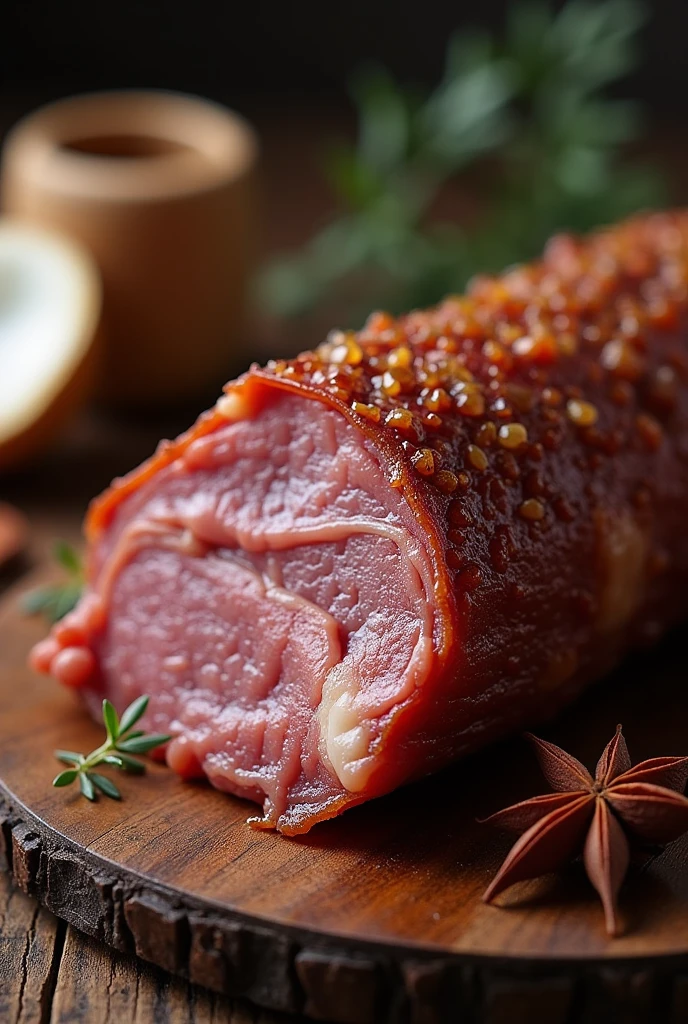
Kavourmas is a traditional Greek delicacy that embodies the rich culinary heritage of the Mediterranean. This unique product, often referred to as a type of charcuterie, has its roots in rural Greek communities where preserving food was essential for survival. Kavourmas has gained recognition not only for its robust flavors but also as a symbol of Greek culture and tradition.
Origins and History
The history of Kavourmas traces back to rural Greece, particularly in regions like Epirus and Thessaly. Traditionally, it was prepared during the winter months when fresh meat was less accessible. Families would utilize various cuts of pork, often from their own livestock, to create this preserved meat. The word “Kavourmas” is derived from the Greek word “kavoura,” which means “to preserve.”
This method of preservation allowed families to sustain themselves through harsh winters and was often made during festive occasions or community gatherings. As the years passed, Kavourmas became a staple in Greek households, often served during special events and celebrations.
Ingredients and Preparation
Kavourmas is primarily made from pork, particularly fatback and other cuts that are rich in flavor. The ingredients typically include:
- Pork: Various cuts, mainly from the shoulder or back.
- Spices: A blend of aromatic spices such as pepper, bay leaves, and oregano.
- Salt: Essential for the curing process.
- Olive Oil: Often used in the preparation to enhance flavor.
- Vinegar or Wine: Sometimes added for acidity and preservation.
The preparation involves cutting the pork into manageable pieces, which are then salted and seasoned with spices. The mixture is often packed into jars or containers and submerged in olive oil or fat to create an anaerobic environment, which helps preserve the meat. After a period of curing, Kavourmas can be enjoyed in various ways.
Culinary Uses
Kavourmas is versatile and can be incorporated into numerous dishes. It is typically served sliced thinly as part of a meze platter, accompanied by olives, cheese, and bread. Its rich, savory flavor pairs well with a variety of beverages, particularly local wines and ouzo.
In addition to being enjoyed on its own, Kavourmas can be used in cooking. It can be added to stews, pasta dishes, or even served as a filling in pastries. Its bold taste enhances the overall flavor profile of any dish, making it a beloved ingredient in Greek cuisine.
Cultural Significance
Kavourmas is more than just a food item; it represents a deep connection to Greek culture and tradition. The process of making Kavourmas is often a communal activity, bringing families and communities together. It is a symbol of hospitality and sharing, reflecting the Greek spirit of camaraderie.
Moreover, Kavourmas has been passed down through generations, with each family having its own variations and secret recipes. This tradition not only preserves the flavors of the past but also strengthens familial bonds and cultural identity.
Kavourmas stands as a testament to the ingenuity of Greek culinary traditions. Its rich history, unique preparation, and versatile uses make it a cherished item in Greek cuisine. As food enthusiasts continue to explore traditional dishes, Kavourmas offers a flavorful glimpse into the heart of Greek culture, inviting everyone to savor the tastes of history.
